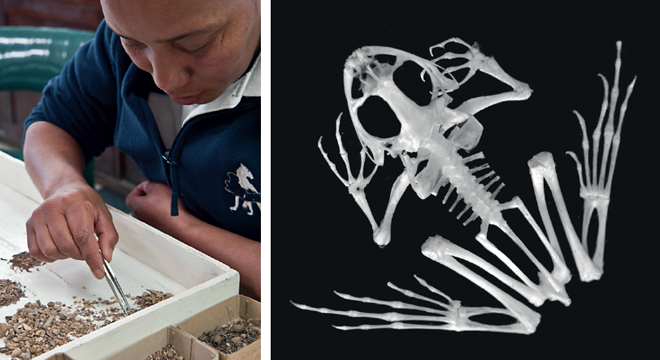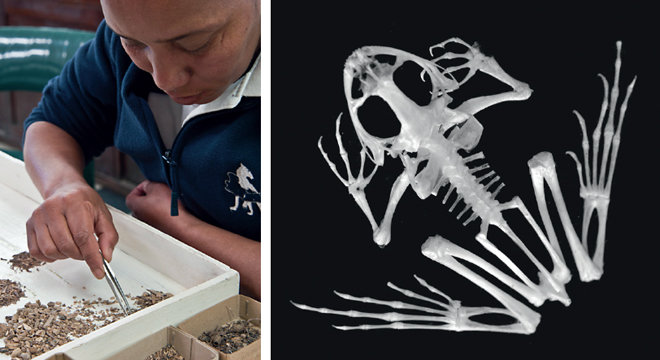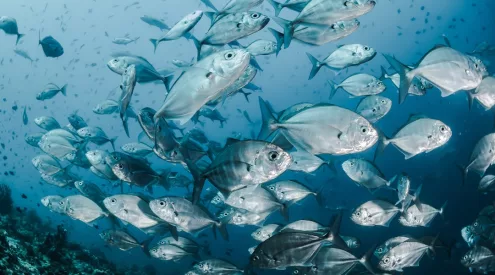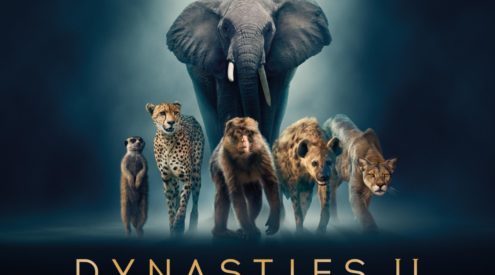Five million years after a tiny bone became detached from its frog, Zelda Stephanus plucked it from a mound of sifted gravel with her silver tweezers and placed it with a number of others labelled ‘ilium’. It was less than a centimetre long and as thin as a pin, but Zelda has exceptional pattern recognition skills and knew it to be the upper leg bone of a prehistoric croaker.
Around it on her sorting tray were similar clusters tagged ‘tibia’, ‘fibula’ and ‘femur’. Sorting is painstaking work. Above her desk in the laboratory are hand-sized packets of fossilised bones from small mammals and amphibians, each representing about two months’ work. She and other fossil sorters were trained by West Coast Fossil Park paleontologist Pippa Haarhoff, who’s overseeing work on one of the most prolific and astonishing sources of Tertiary Period mammals on Earth.
But Zelda was focusing on frogs. I pointed to the bone she’d just found and asked if I could borrow it. She obliged, placing it in a packet with a label, and wrote out a receipt. Every fossil bone is unique and therefore priceless, so I had to promise to care for it and deliver it to the Iziko South African Museum in Cape Town for closer identification. And so began my five-million-year-old frog adventure.
The fossils on the site near Langebaan were discovered when the area was quarried for phosphates in the 1940s and it’s now a protected provincial heritage site. These days the terrain is fynbos between mine dumps covered in scrubby flowers, but it wasn’t always like this. In layer upon layer, the bones of sea creatures are mixed with those of land animals, birds and freshwater denizens – often in bewildering numbers – suggesting a world just before the dawn of the human species which we can only dimly imagine. But the ilium in my plastic packet was a key.
‘It’s a Xenopus ilium, ancestor of the modern platanna,’ said paleontologist Thalassa Matthews without hesitation when I delivered it to the museum, ‘but the species hasn’t yet been described so it doesn’t have a name.’ Thalassa is a specialist on fossil micro-mammals, but her new project is the identification of around 11 species of frog found at Langebaan.
‘Everyone studies the big things,’ she said, ‘so the small creatures that stamp and scurry and hop have been neglected. Frogs can answer questions about the environment that other animals can’t. They live in water, have small ranges and don’t migrate. Some species lay eggs in still pools, some in leaf litter, some on the ground or in burrows, some in deep water. They’re good bio-indicators, so we can begin to understand the environment by knowing their genera.’
Coupled with what they know about the modern living world, scientists like Pippa and Thalassa are putting together a surprisingly detailed puzzle of prehistoric life on the Langebaan shores. Orchestrated by the freezing and thawing of the polar ice caps, sea levels rose and fell hundreds of metres. Death from floods, inundation or dry periods created boneyards, but mostly the climate was temperate.
Three species of elephant (including mammoths) shared browsing with short-necked giraffes called sivatheres, while giant pigs, rhinos, hippos and buffaloes grazed beside the shallows. These were predated upon by fearsome sabre-tooth cats, wolverines and a massive species of bear. Undescribed owls hunted nameless mice under a prehistoric moon and left their bones in neat pellets for the descendants of ape-like hominins – us – to puzzle over. And under the stars frogs sang their love songs and left their bones in the mud.
‘Why do we need to know all this?’ I had asked Pippa earlier as we watched Zelda patiently sorting tiny bones.
‘The past is the future,’ she said. ‘This is one of the best sites to study climate change in the more recent past. And what it tells us is that the only constant is change itself and life’s ceaseless adaptation to it. We’re heating up the planet and causing habitat loss and species extinction – the planet’s sixth great extinction in fact.
‘We shouldn’t be doing that, we’re sterilising the planet and it will cause immense problems for us and everything else. But looking back, you realise that we don’t live on a stable planet. It’s constantly changing and fossils are hard evidence of that.
‘Maybe, controversially, what we’re doing is bringing about the next extinction to clear niches in which new species will form and colonise. Instead of a comet or an exploding volcano it’s us, all part of the Earth’s natural cycles of change. But I hope not.’
‘That’s a big story from a small bone,’ I said.
‘Yes,’ she replied, ‘humans can be clever. But in environmental terms, also pretty stupid.’



















